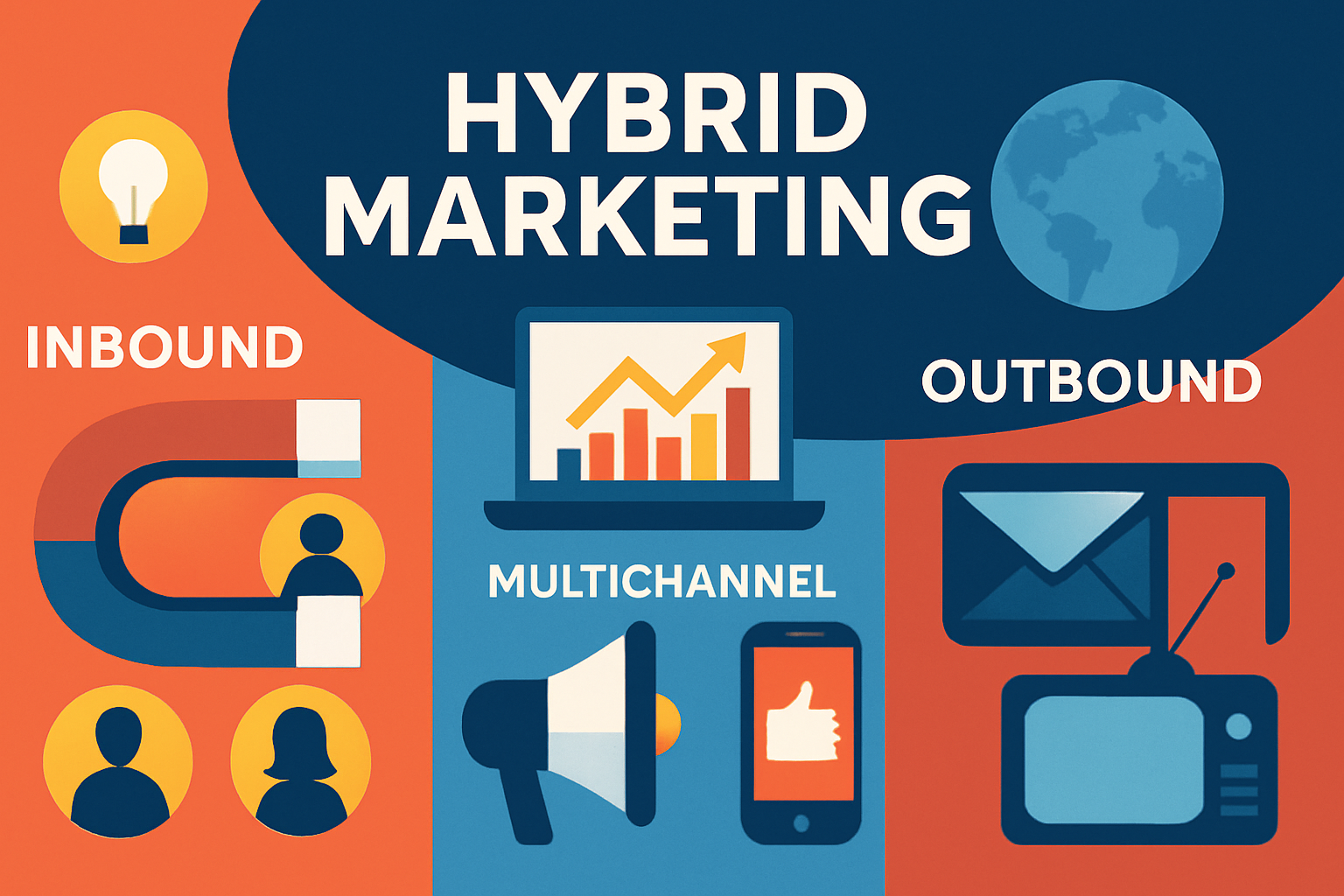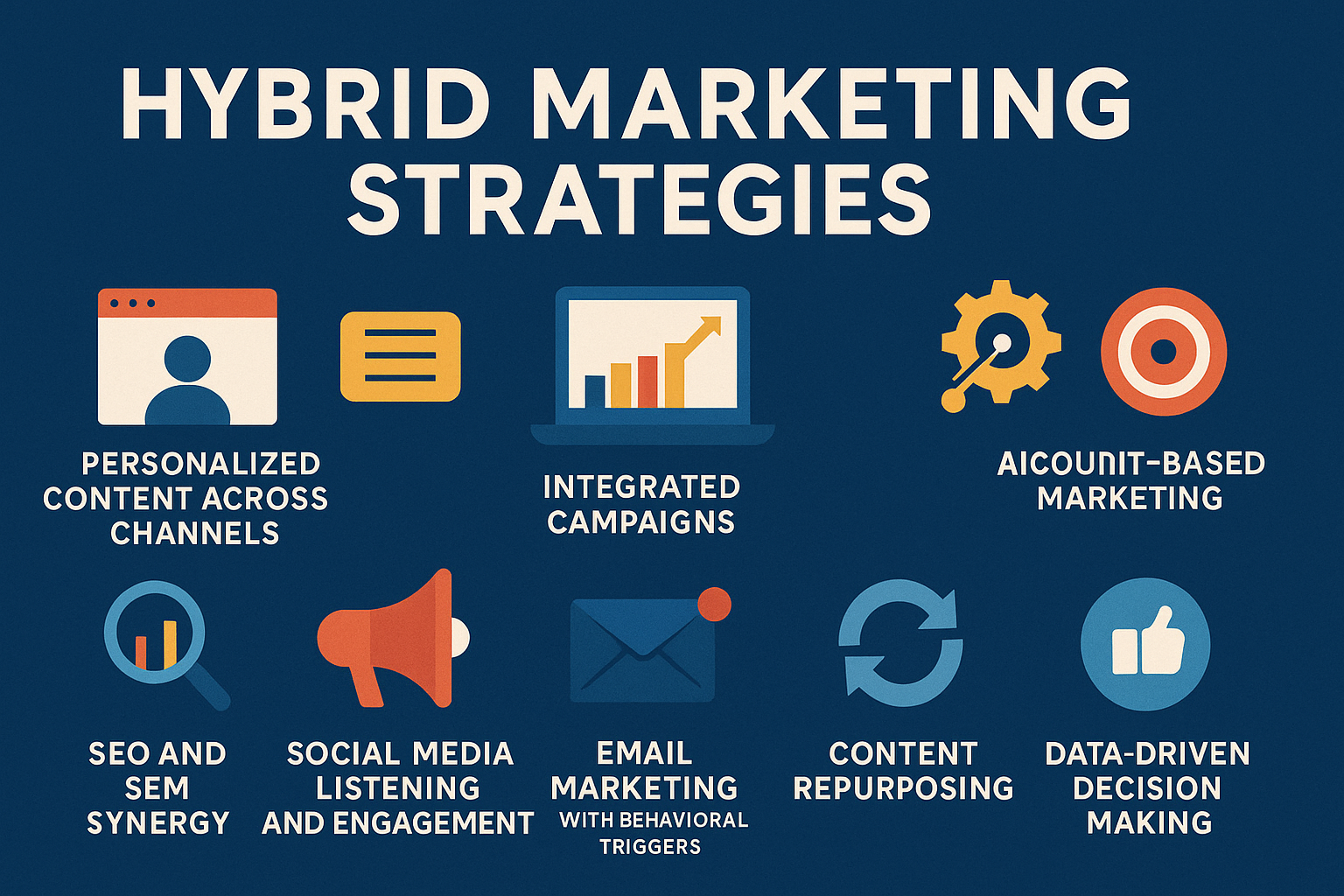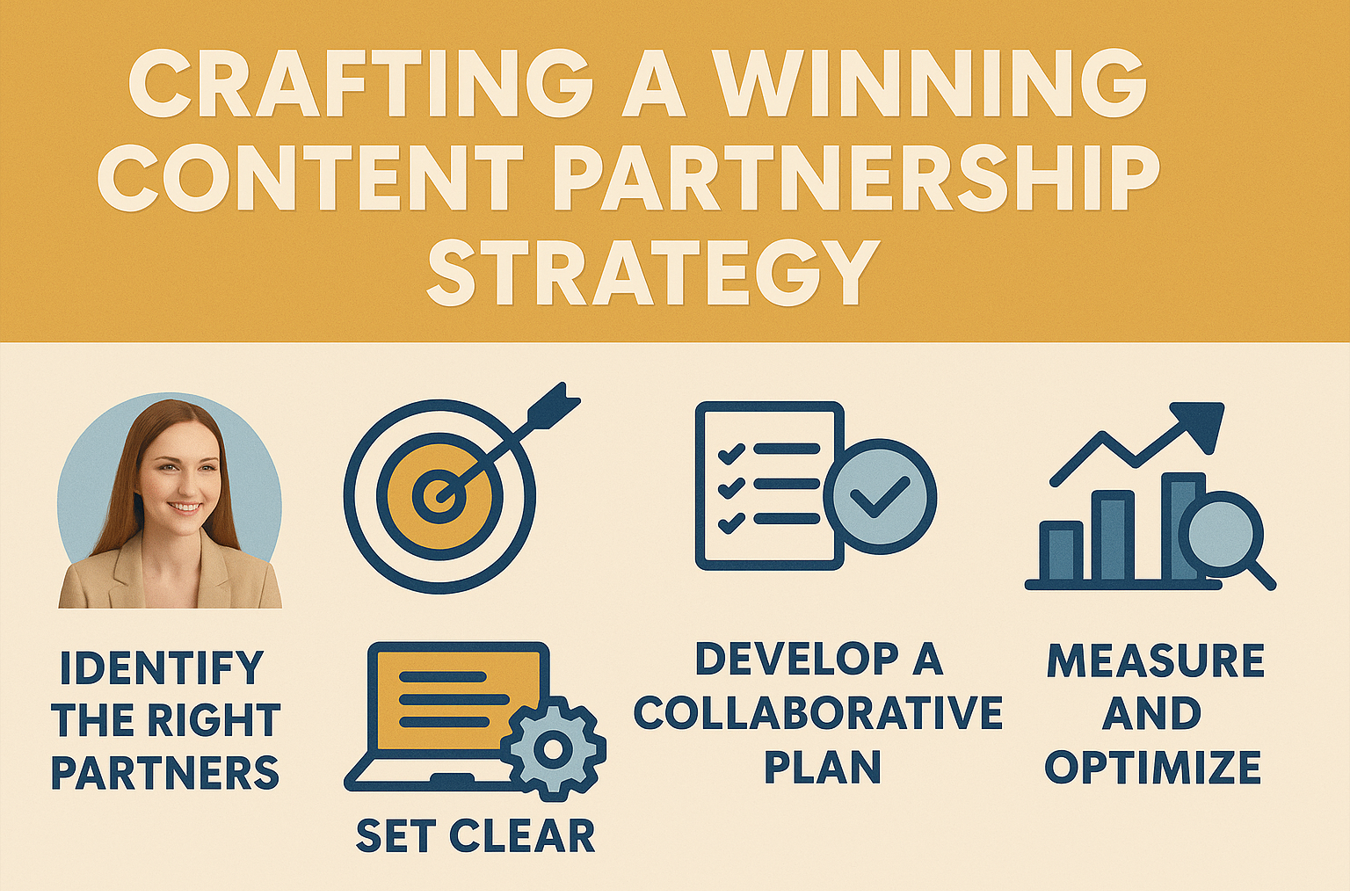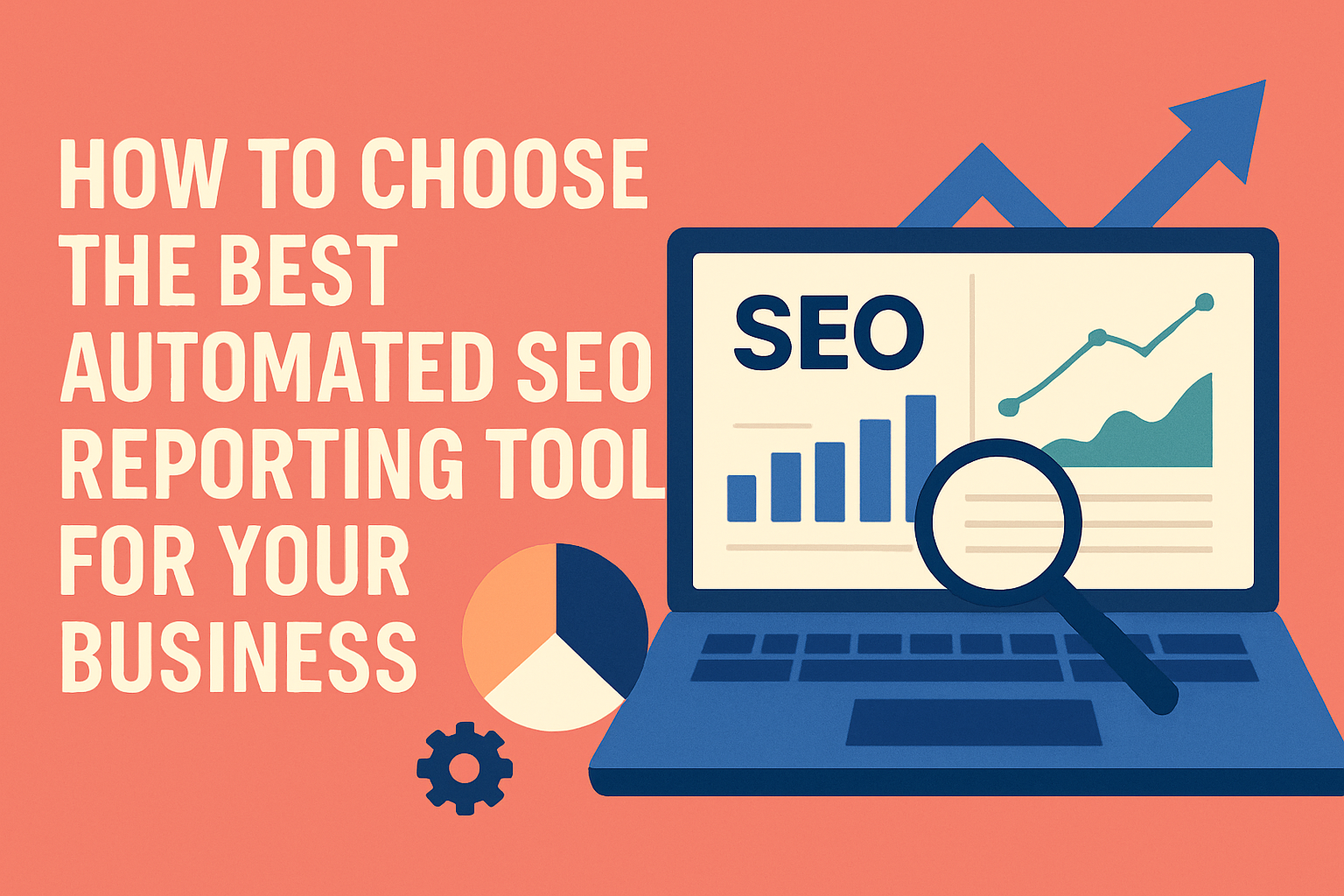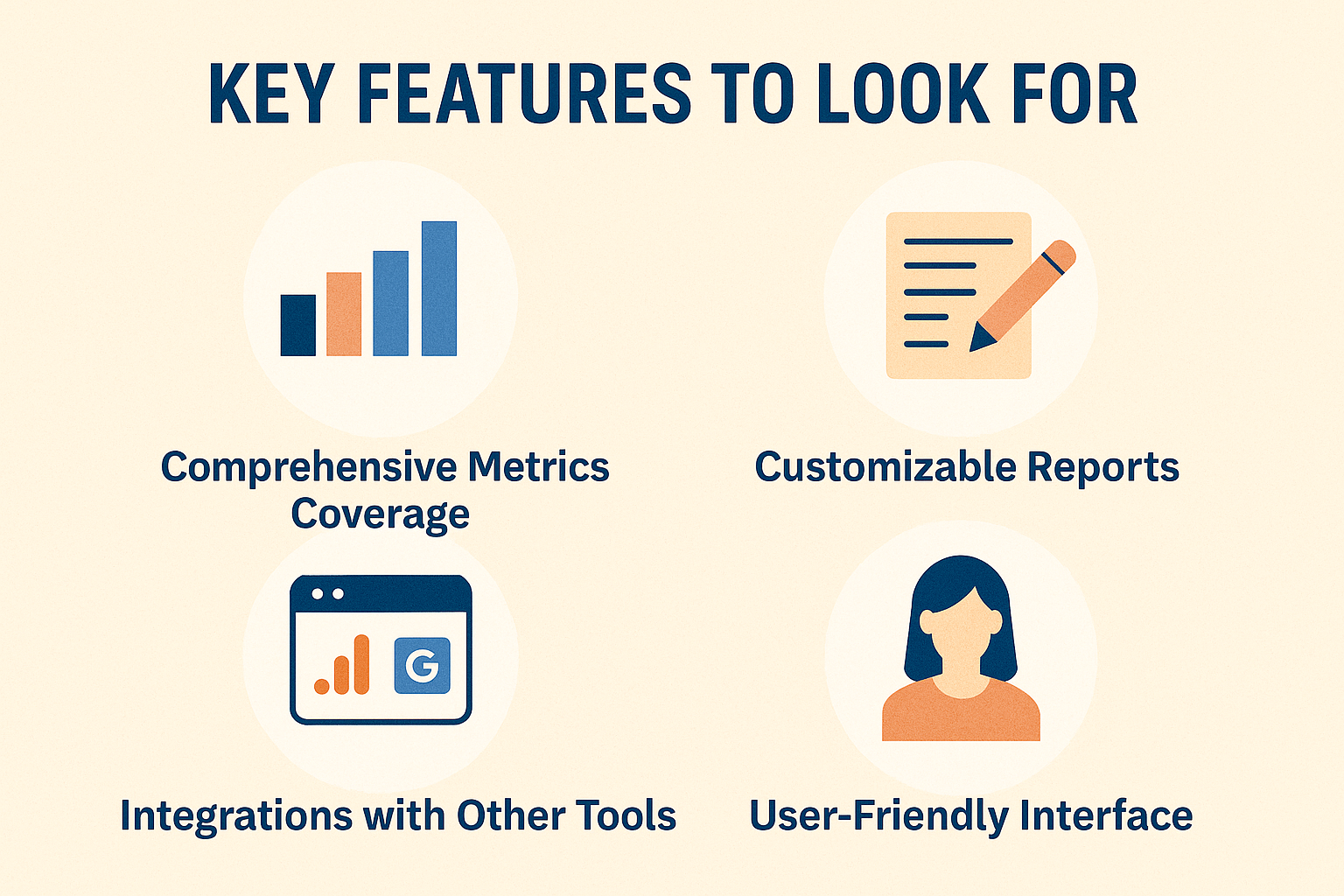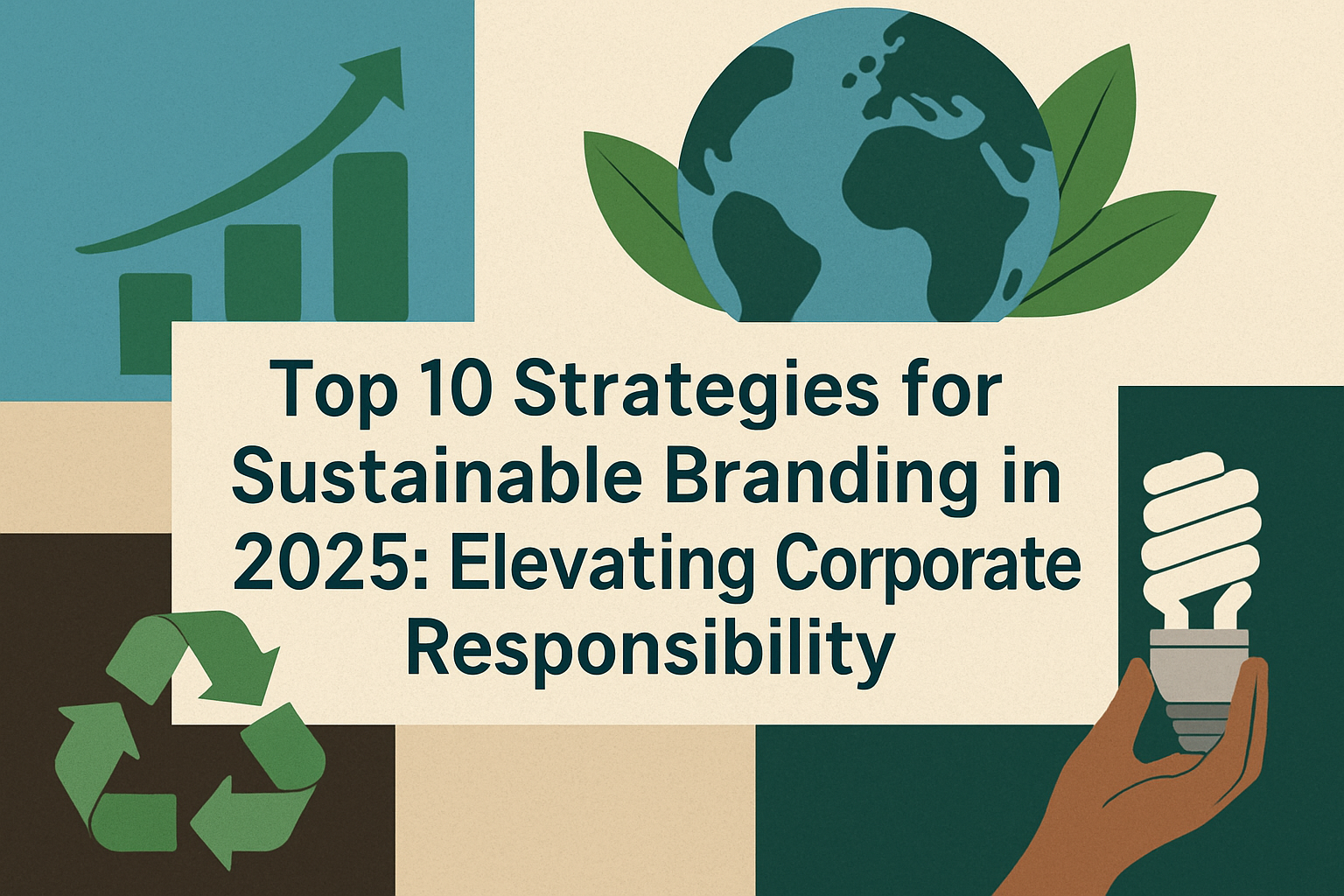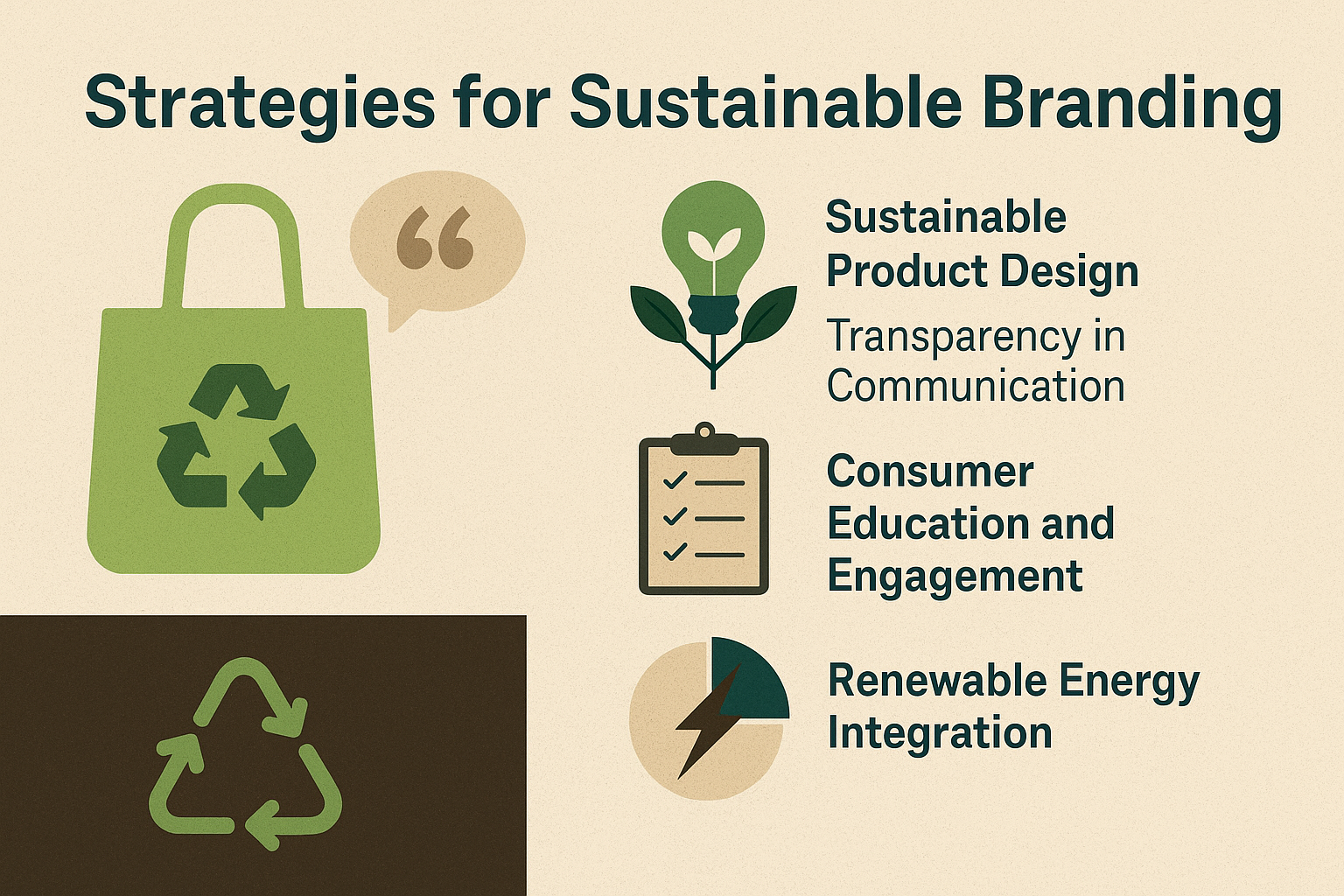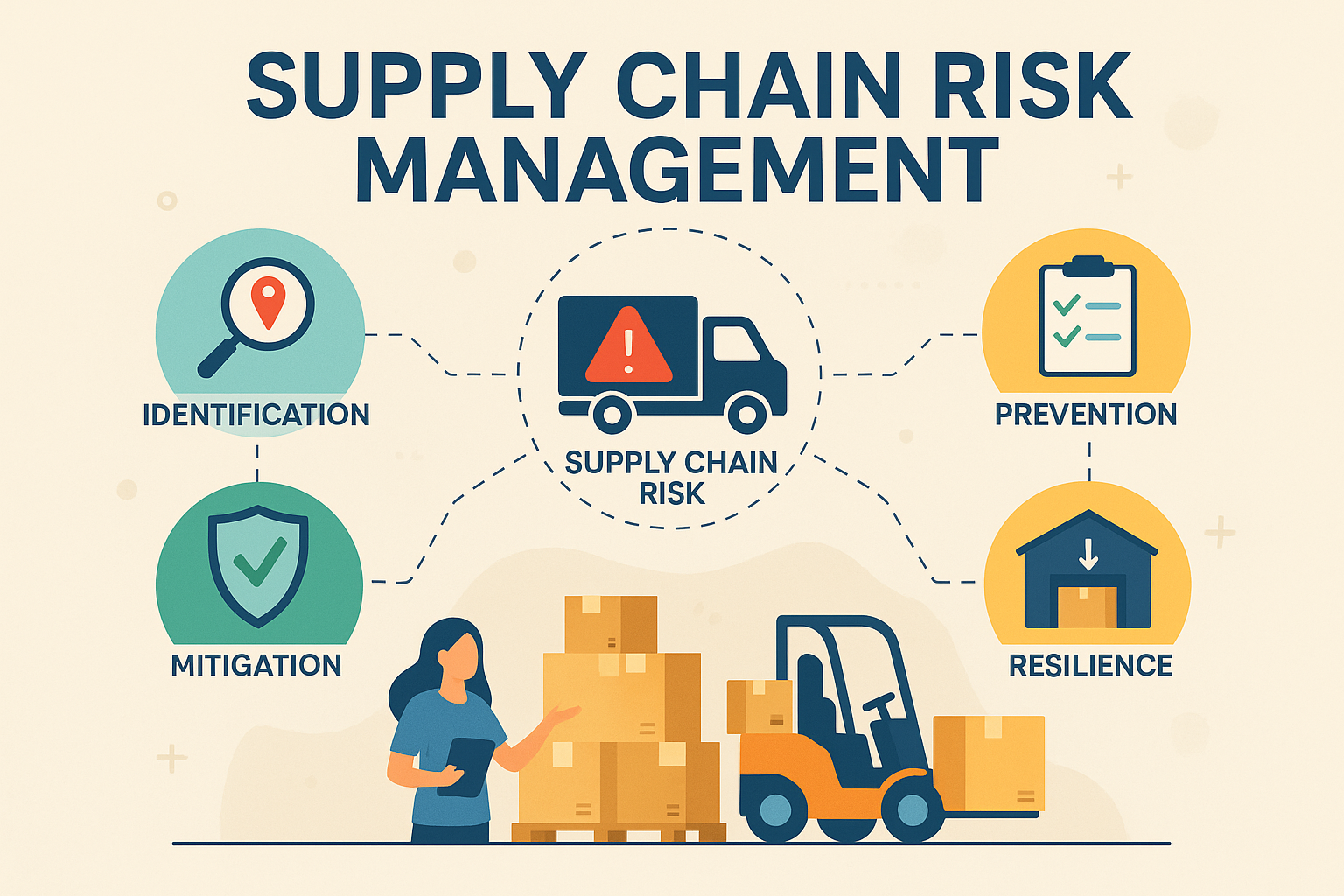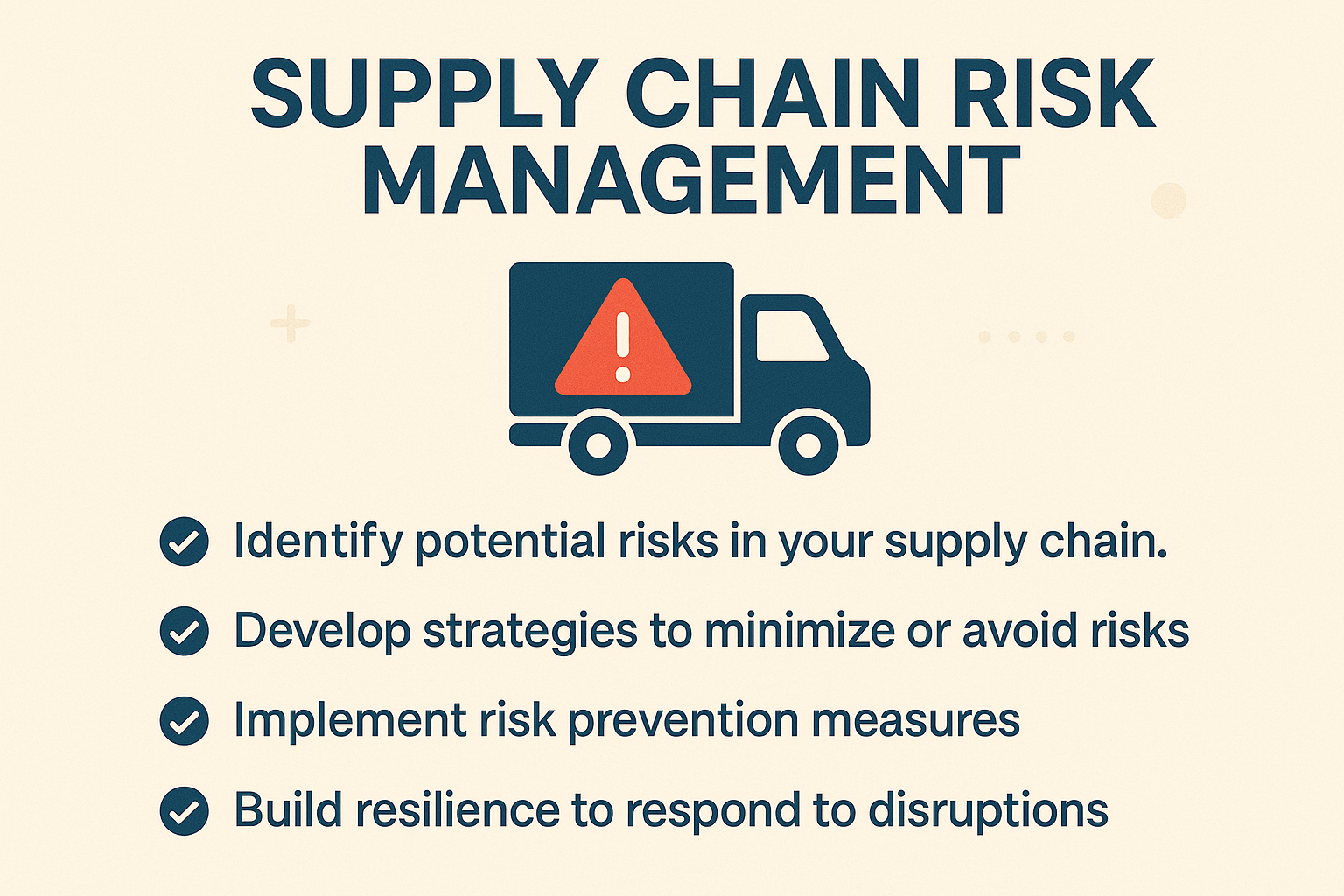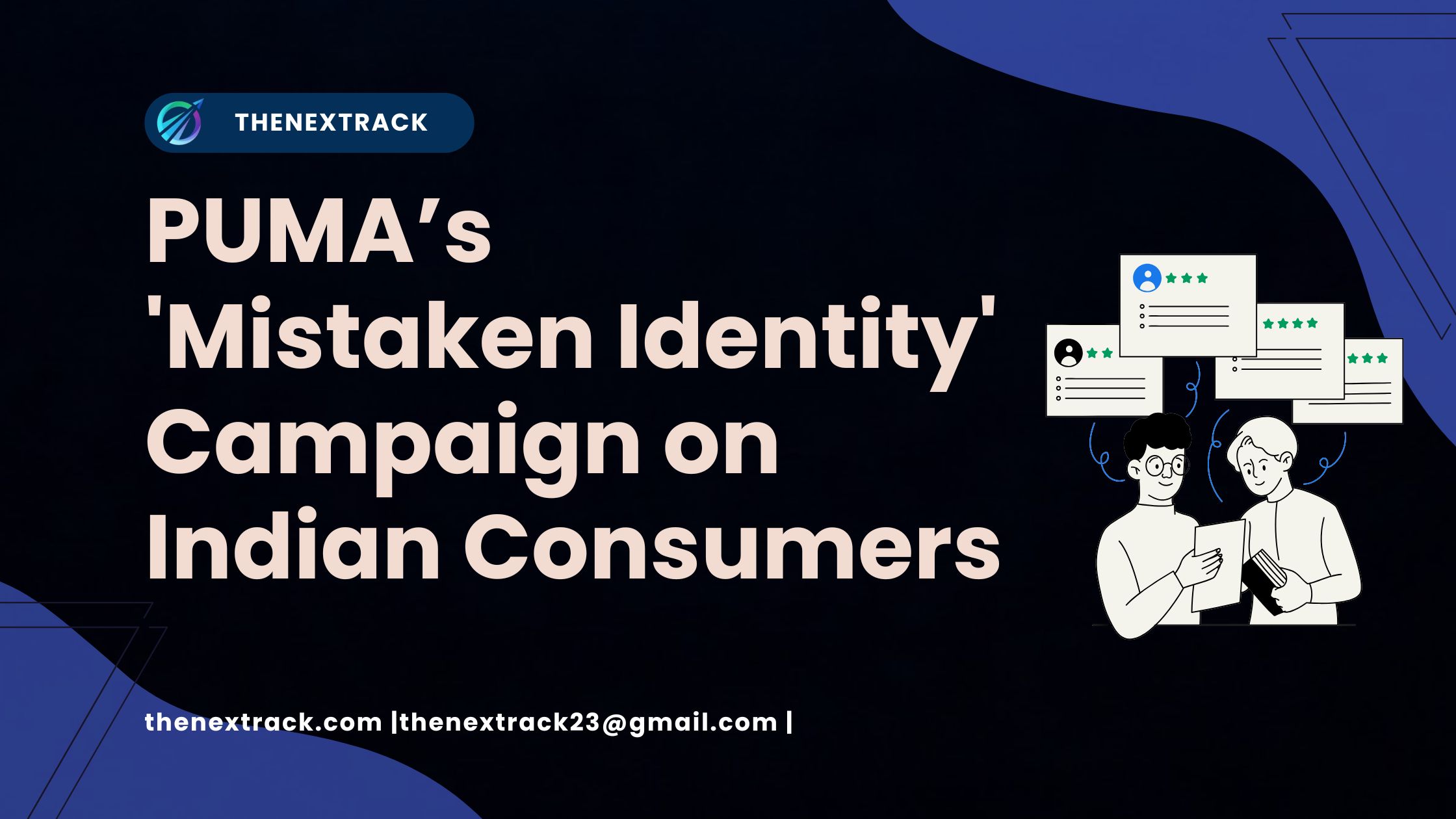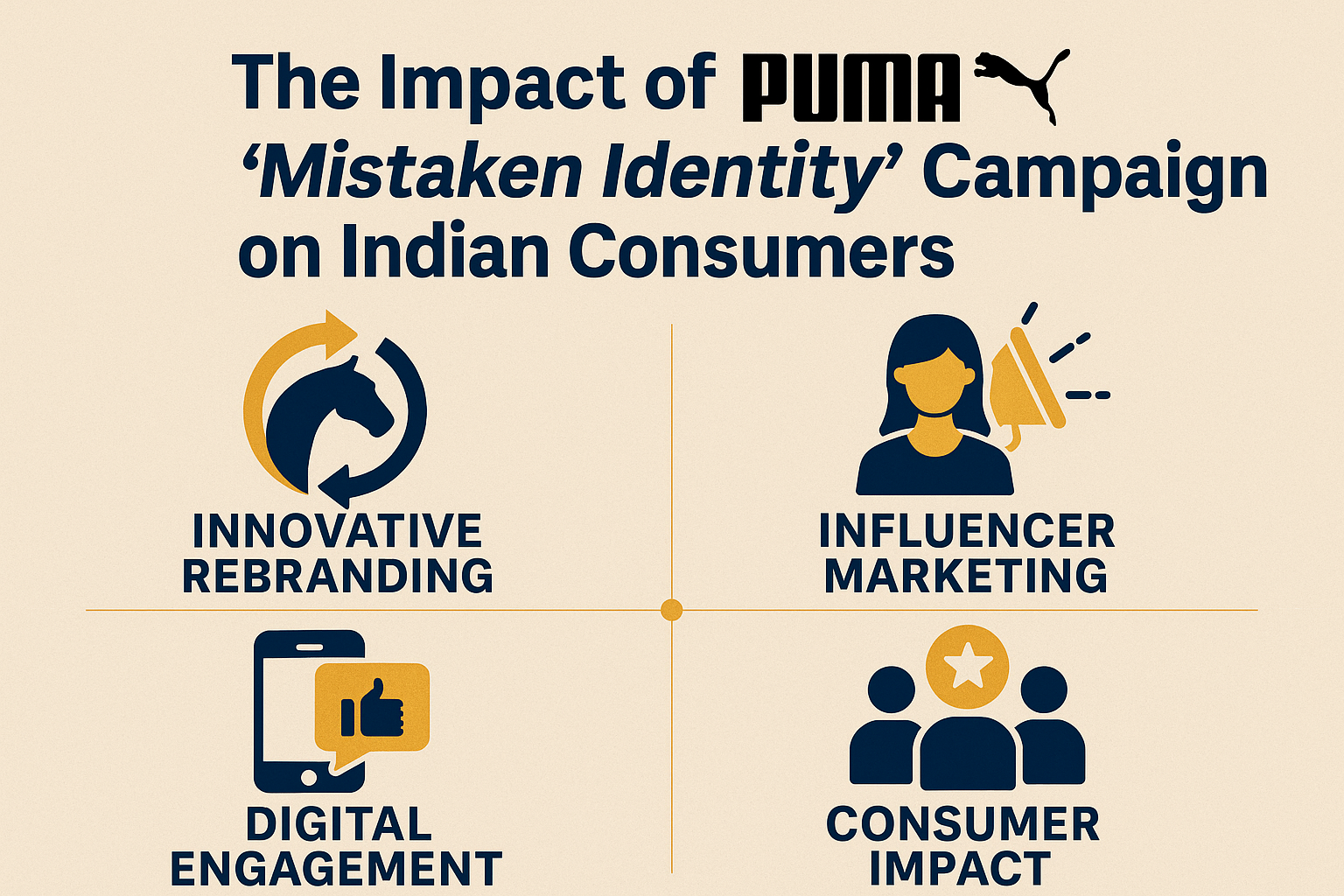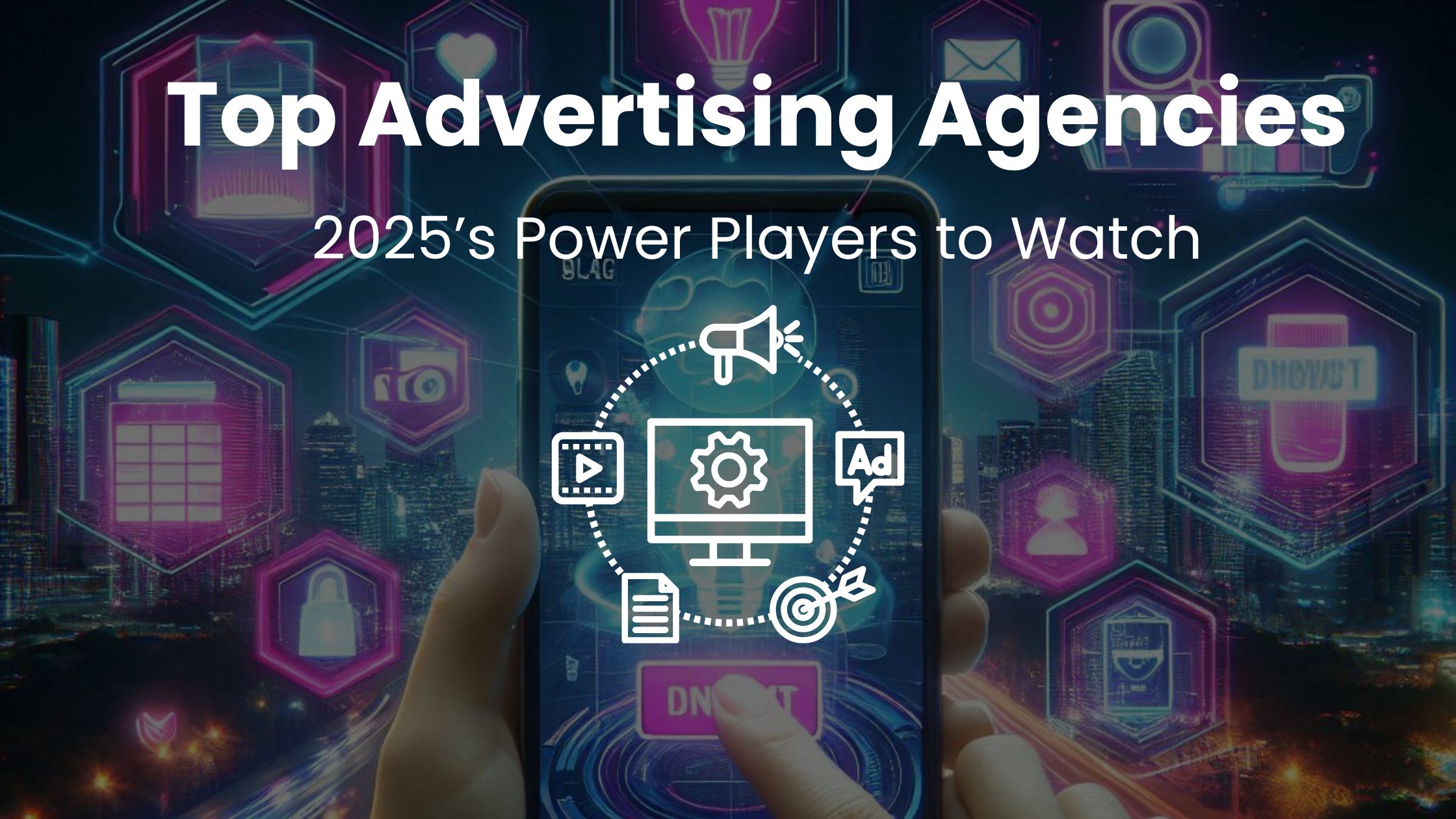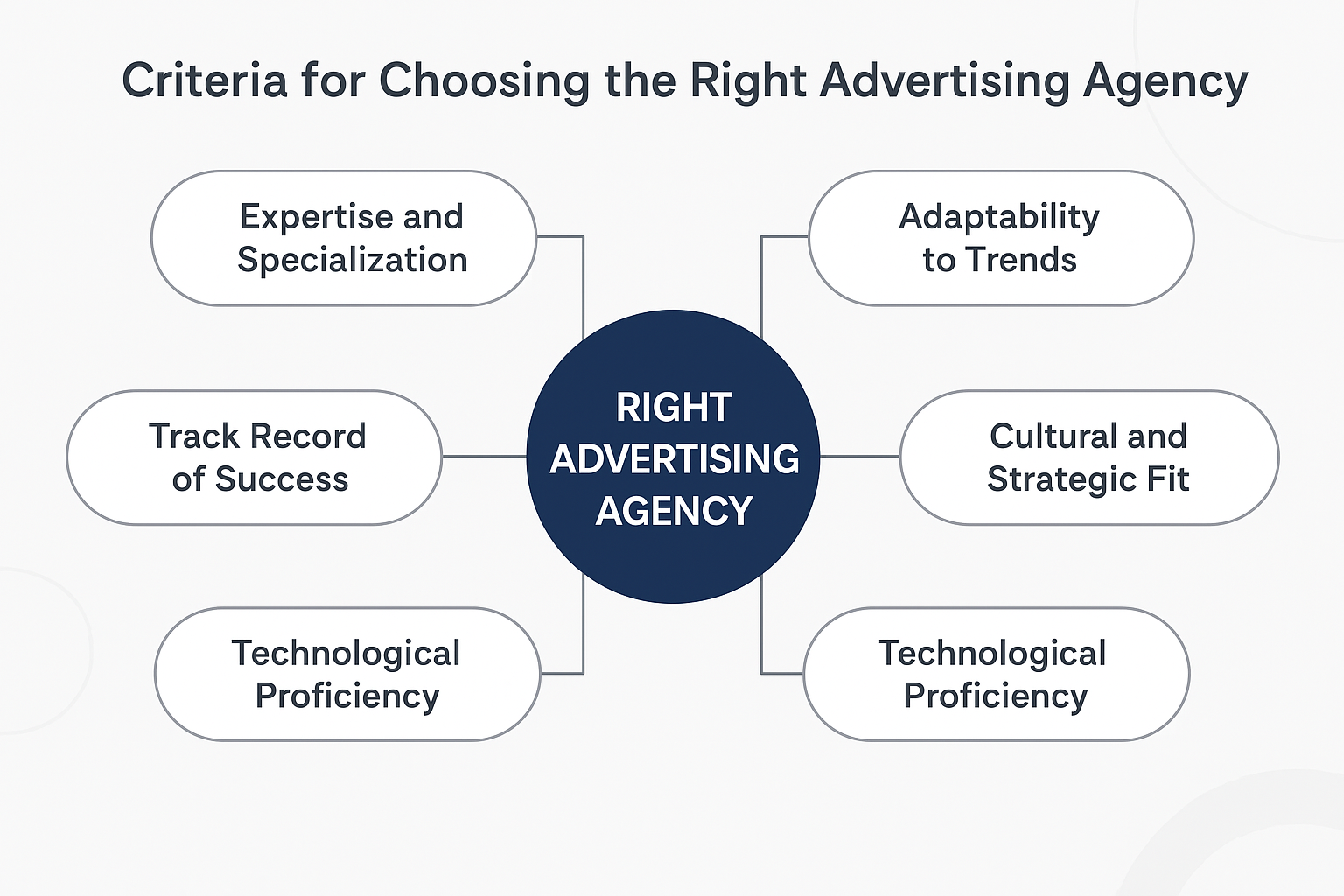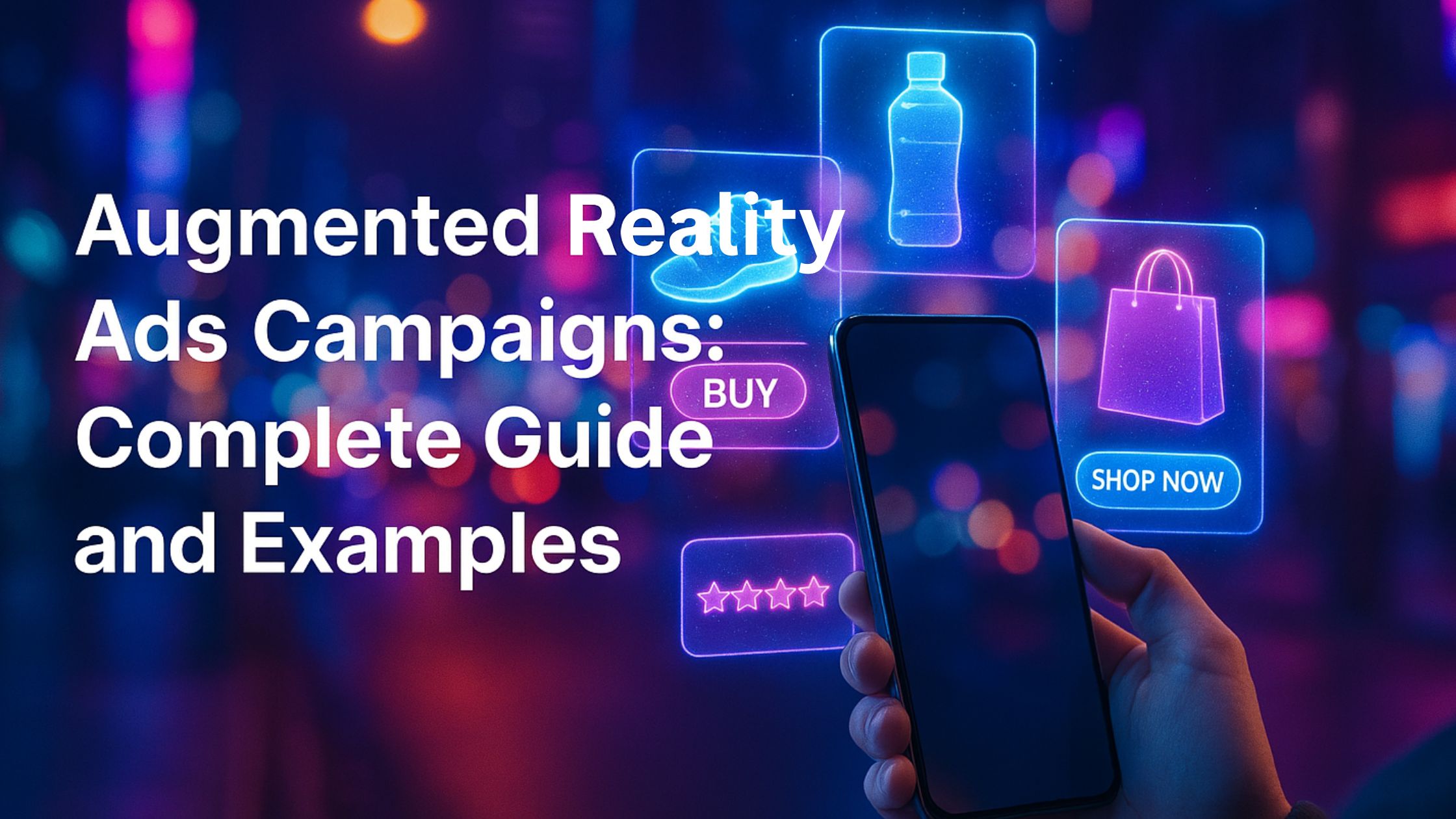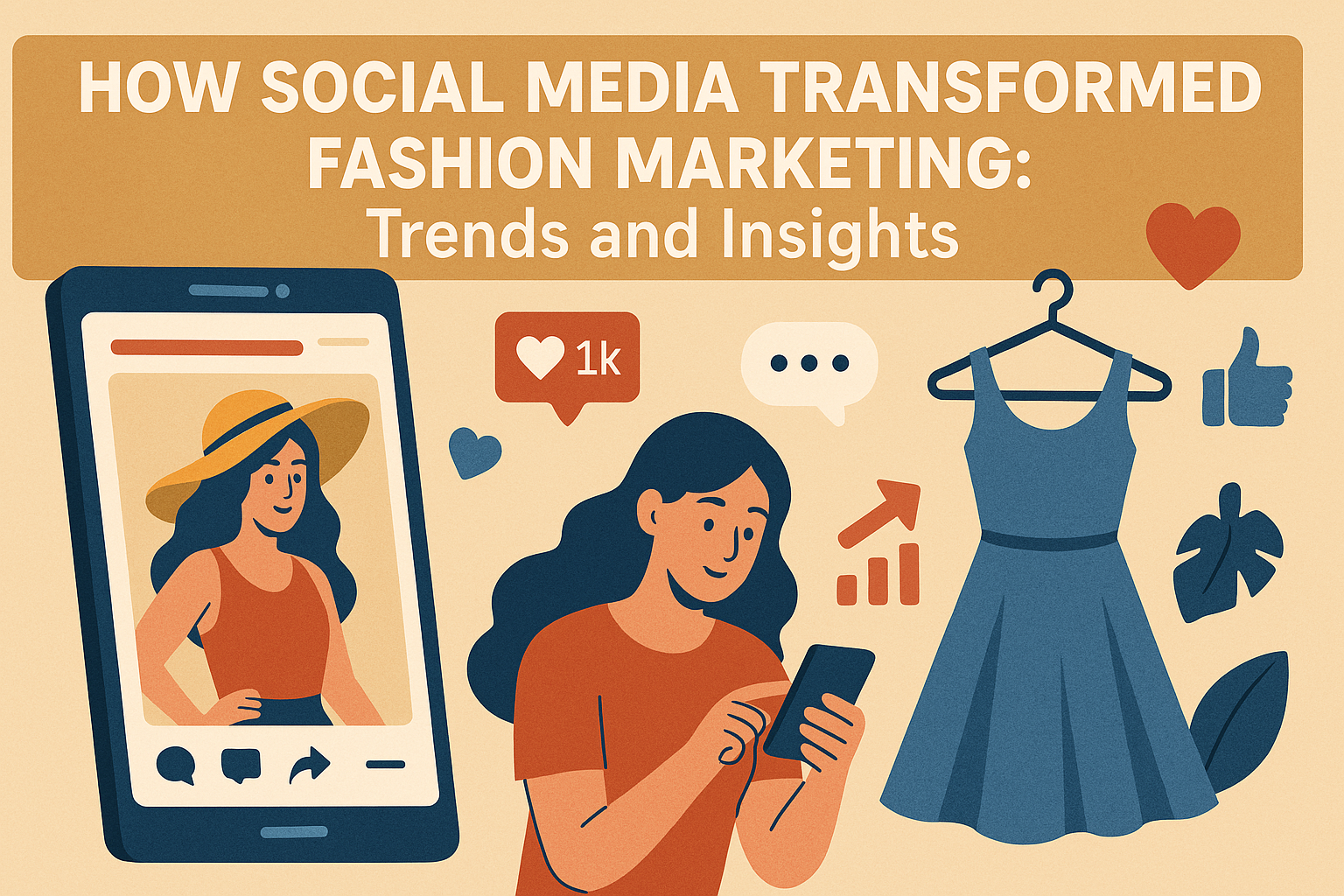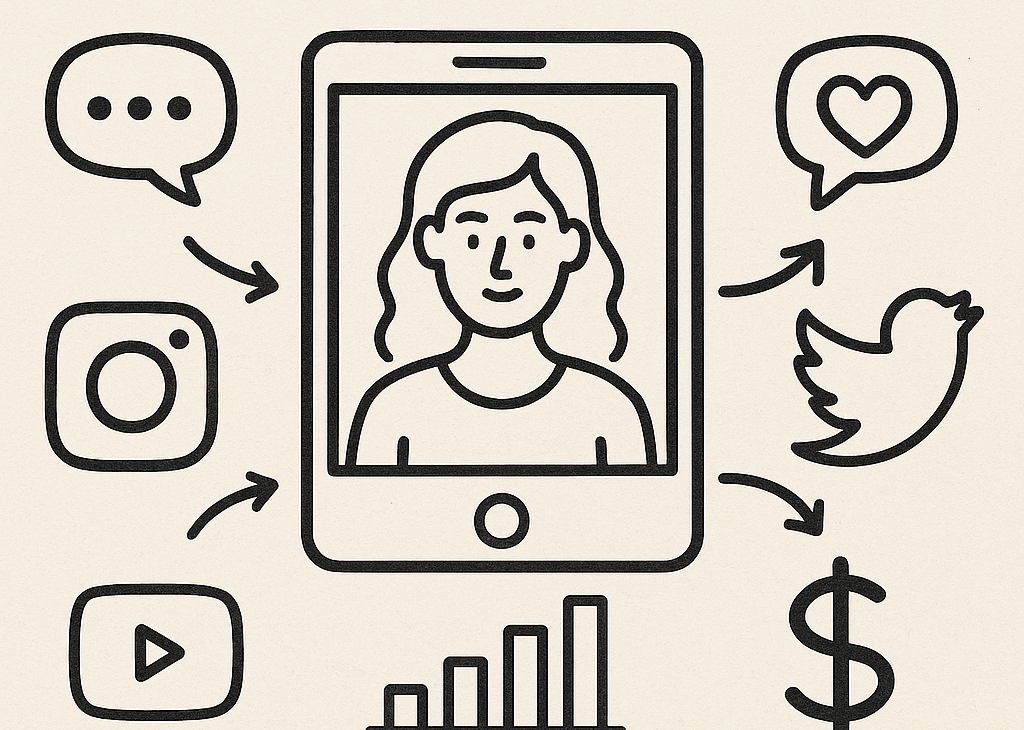How Can Social Media Listening Increase Customer Advocacy?
Hey there! If you’re a brand trying to build a loyal following, you’ve probably heard the buzz about “social media listening.” But what does it really mean, and how can it turn your customers into passionate advocates? Let’s dive in and explore how tuning into online conversations can transform your brand’s relationship with its audience.
What Is Social Media Listening?
Imagine you’re at a party, and instead of talking over everyone, you just listen. You hear what people love, what annoys them, and what they wish existed. Social media listening is kind of like that—but online.
It’s the process of monitoring and analyzing conversations on platforms like X (formerly Twitter), Instagram, TikTok, Reddit, and even YouTube. Brands use this to understand what customers are saying about them, their competitors, and the industry at large.
Why Should Brands Care?
In 2025, social media listening isn’t just a nice-to-have—it’s essential. Here’s why it matters:
Consumer Expectations Are Higher Than Ever
Today’s customers expect brands to be accessible and responsive. Did you know that 96% of dissatisfied customers won’t complain directly to you but will share their grievances with an average of 15 friends? Addressing issues promptly via social media can help mitigate negative impressions and turn complaints into opportunities.
Engagement Drives Loyalty
Answering a complaint on social media listening can increase customer advocacy by up to 25%. A brand’s responsiveness demonstrates that it values its customers, which is essential for building stronger connections and loyalty. In fact, research shows that brands with active engagement strategies see 3x more loyalty from their customers compared to those who don’t.
Real-Time Insights Yield Faster Growth
Companies leveraging social media listening report up to 10% faster revenue growth compared to their competitors. Understanding your customers’ evolving needs gives you an edge in offering relevant solutions, from personalized product recommendations to timely content. The key lies in proactive rather than reactive strategies.
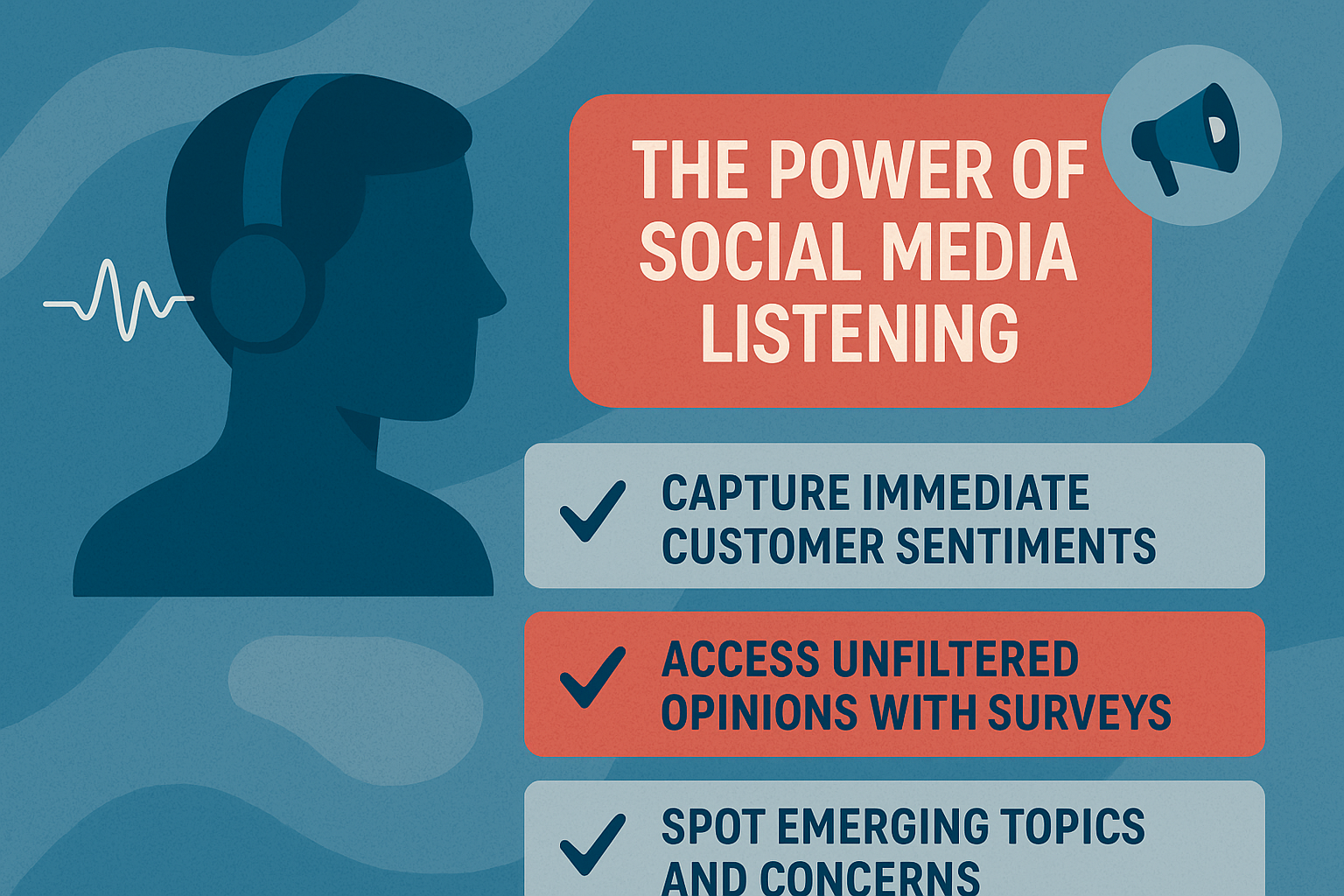
Tools of the Trade
To make the most of social listening, brands rely on advanced tools that sift through mountains of data. Some top picks in 2025 include:
- Brandwatch: Monitors over 100 million sites and billions of sources, offering deep insights into brand sentiment.
- Talkwalker: Tracks 30 social networks and 150 million websites globally, including emerging platforms like Bluesky.
- Sprinklr: Provides AI-powered social listening as part of a broader customer experience management platform.
Turning Feedback Into Action
Gathering insights is just the beginning. The real impact lies in leveraging this feedback to build advocacy. Let’s explore some effective approaches:
Address Complaints Promptly
Studies reveal that customers expect responses within an hour. A timely reply not only resolves the issue but also creates goodwill and showcases your commitment to customer satisfaction. For instance, brands like Zappos have become famous for their swift and empathetic customer responses.
Celebrate Positive Feedback
Acknowledgment goes a long way in fostering goodwill. Publicly thanking customers for positive reviews, retweets, or shared experiences makes them feel valued. A simple shoutout can strengthen relationships and turn satisfied customers into enthusiastic advocates.
Implement Meaningful Changes
Go beyond lip service—act on valuable suggestions. If a recurring complaint points to a product flaw, fix it. Communicating these changes to your audience demonstrates that you’re listening and willing to improve. Businesses that prioritize customer feedback see up to 30% higher retention rates.
Building Trust and Transparency
Be Honest About Mistakes
When times are critical, openness boosts people’s belief in you. If a problem arises with your brand, deal with it honestly, say sorry if that’s required and provide a clear plan for settling the matter. As an example, when there were supply chain difficulties for a food brand, they told customers what to expect and regularly kept them informed.
Showcase Progress
Let your customers know whenever you act on their feedback. Telling customers what’s happening at your company and what’s ahead reveals you appreciate their support and are looking to improve.
Maintain Consistent Engagement
Sharing and talking with your community on social media listening shows that your brand is involved and cares about its audience. Regular actions like this promote feeling familiar and secure with someone.
Amplifying Advocacy Through User-Generated Content (UGC)
User-generated content (UGC) has become a pivotal tool for brands aiming to enhance advocacy. Here’s how to unlock its potential:
Encourage Authentic Sharing
Encourage your customers to share their true experiences with others. Take, for example, a fitness brand that sets up a competition, asking users to post their workouts with a special hashtag. If content is sincere, it makes the audience more trusting.
Feature UGC Across Channels
Featuring user content on your site, in your emails or on social media listening helps people feel they belong. For example, Starbucks often shares customer pictures which helps form a cooperative reputation and encourages others to participate.
Incentivize Participation
When we give shoutouts or discounts to people who share UGC, it helps draw more from them. By doing these things, customers understand they matter and feel like partners.
Measuring Success
Track your progress with these metrics:
- Engagement Rates: Monitor likes, shares, and comments to gauge audience interaction.
- Sentiment Analysis: Assess whether customer sentiments are positive, negative, or neutral.
- Advocacy Indicators: Look for signs of brand advocacy, such as referrals or testimonials.
Case Studies: Brands Excelling in Social Listening
- Nike: At a major sports event, Nike used information from social media instantly to make ads on the internet and saw a 30% rise in engagement.
- Starbucks: After considering what customers liked about the new seasonal drinks, Starbucks made changes to the recipes and saw sales for that product go up by 15%.
- PepsiCo: When facing a brand crisis, PepsiCo looked at public opinions and quickly launched an apology. This method allowed the company to continue its reputation and gather trust.
The Future of Social Media Listening
Social listening is evolving rapidly, and here’s what lies ahead:
AI Integration:
AI development will give market researchers more accurate and easily accessible ways to spot trends and guide future planning. Using AI tools, it’s possible to see tiny trends forming before they matter to the masses.
New Platforms
Because Bluesky and similar platforms are getting popular, they will become essential in social listening. Guarding against arising platforms guarantees your brand leads instead of following.
Hyper-Personalized Engagement
Key learnings will help the brand tailor each interaction to each customer. That kind of attention can help make advocacy much more effective.
Conclusion: The Symbiotic Relationship Between Listening and Advocacy
Since customers speak up much more than ever before, social media listening is something companies have to do, not just a helpful strategy. If you communicate with your customers, help solve their problems and reward their positive feedback, they’ll become your strongest supporters. Therefore, watch for news, help out and your loyalty will skyrocket.

